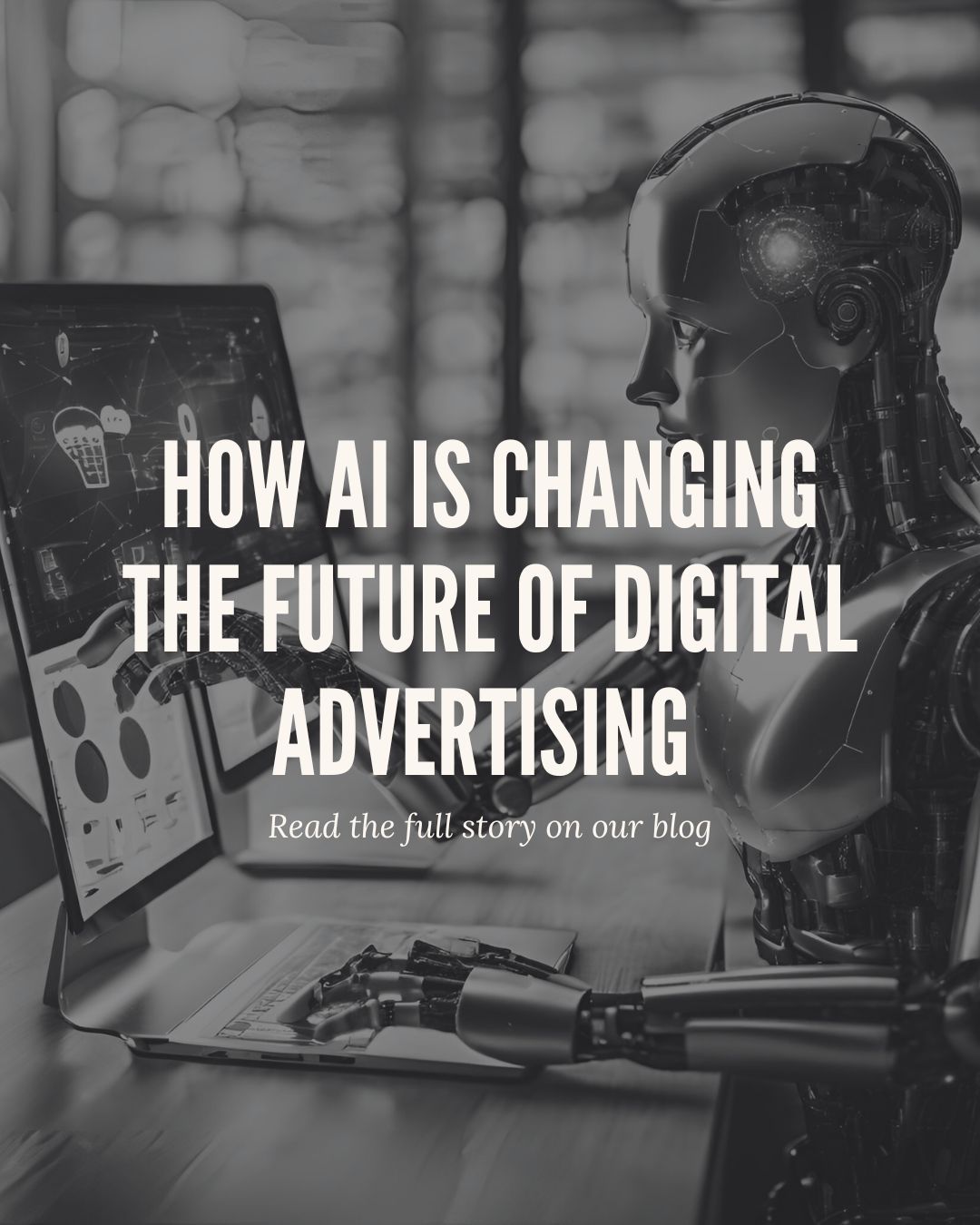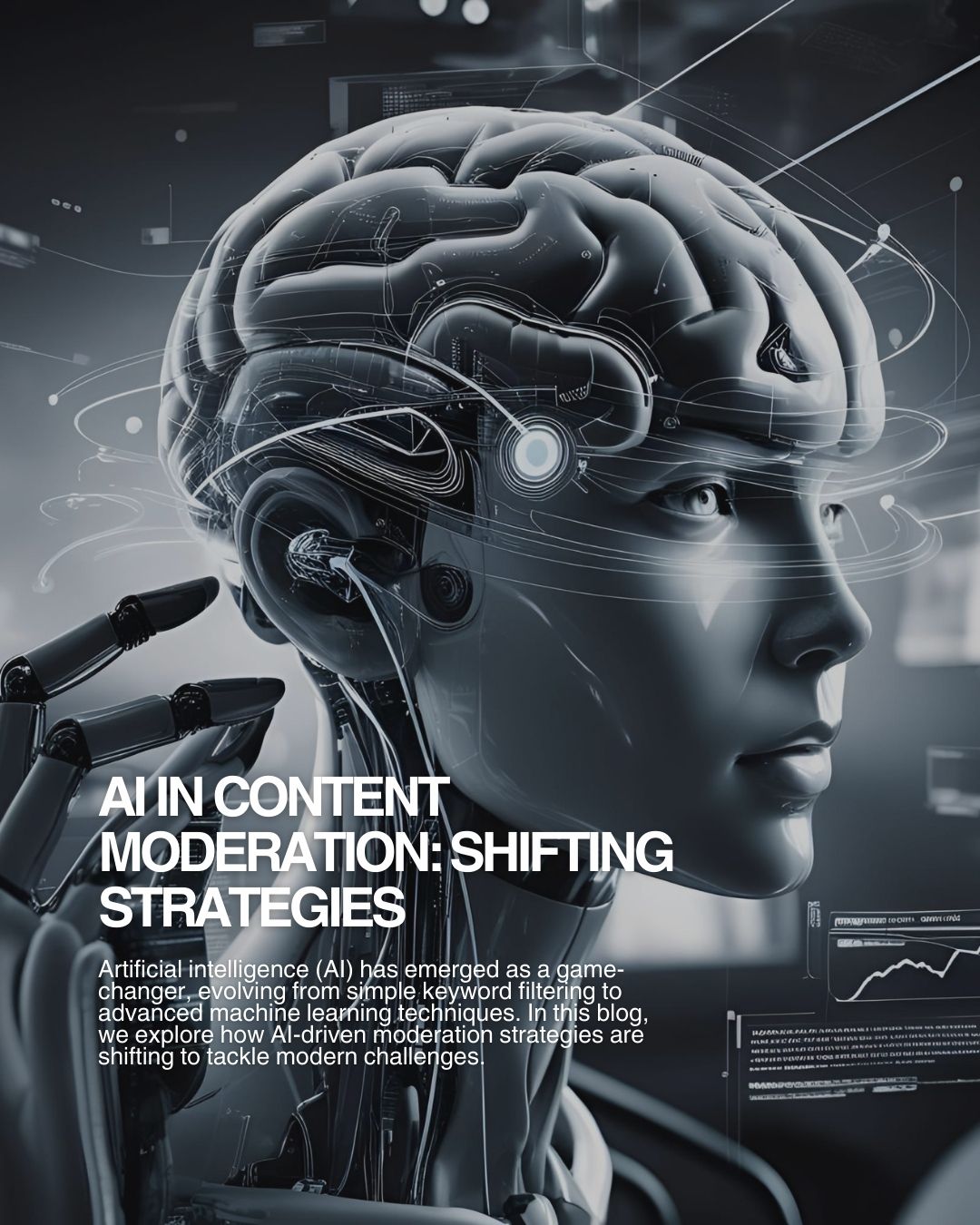Over the past decade, social media has transformed from a collection of simple networking sites into a dynamic and powerful force that shapes our personal lives, businesses, and global culture. As we reflect on the last ten years, it’s clear that social media platforms have undergone significant changes, adapting to technological advancements, shifting user behaviors, and evolving societal trends. This blog post explores the key changes in social media platforms over the last decade and what they mean for users and businesses alike.

1. From Text to Visual Content: The Rise of Image and Video-Centric Platforms
- In the early 2010s, platforms like Facebook and Twitter were predominantly text-based. However, the rise of Instagram in 2010 and the subsequent popularity of visual content dramatically changed the landscape. Instagram’s focus on photos and short videos paved the way for a more image-centric social media experience. Over time, this trend expanded with the emergence of platforms like Snapchat and TikTok, which further emphasized the importance of visual storytelling and short-form video content.
2. The Dominance of Short-Form Video: TikTok and Beyond
- TikTok, launched globally in 2018, has been a game-changer in the social media world, particularly for younger audiences. Its emphasis on short, engaging, and easily shareable videos has influenced other platforms to adopt similar features. Instagram introduced Reels, and YouTube launched Shorts, both of which are modeled after TikTok’s success. The shift towards short-form video content reflects a broader trend where attention spans are shorter, and users prefer quick, impactful content.
3. Ephemeral Content and the Story Format
- Snapchat introduced the concept of ephemeral content—posts that disappear after 24 hours—with its Stories feature in 2013. This format quickly gained popularity, particularly among younger users who appreciated the impermanence and spontaneity it offered. Instagram, Facebook, and even LinkedIn eventually adopted the Stories format, making it a ubiquitous feature across social media platforms. The success of ephemeral content highlights a shift in user behavior towards more casual, in-the-moment sharing.
4. Algorithm-Driven Feeds: The Rise of Curated Content
- In the early days, social media feeds were primarily chronological, showing users content in the order it was posted. However, as platforms grew and the volume of content increased, the need for more curated experiences became apparent. Platforms like Facebook and Instagram introduced algorithm-driven feeds that prioritize content based on user engagement and preferences. While these algorithms have improved user experience by surfacing relevant content, they’ve also sparked debates about filter bubbles, echo chambers, and the dissemination of misinformation.
5. The Growth of Social Commerce
- The integration of e-commerce into social media platforms has been one of the most significant changes of the past decade. Instagram and Facebook have introduced shopping features that allow users to purchase products directly from posts, turning social media into a powerful sales channel. This trend has been accelerated by the COVID-19 pandemic, which pushed more consumers and businesses to embrace online shopping. As a result, social commerce is expected to continue growing, with platforms exploring new ways to make the shopping experience seamless and engaging.
6. The Evolution of Influencer Marketing
- Influencer marketing has evolved from a niche strategy to a mainstream approach used by brands of all sizes. Over the past decade, social media influencers have become powerful voices in various industries, from fashion and beauty to tech and gaming. Platforms like Instagram and YouTube have been instrumental in the rise of influencers, offering them the tools to build large followings and create impactful content. As influencer marketing has matured, brands have become more strategic, focusing on authenticity, long-term partnerships, and micro-influencers who cater to specific niche audiences.
7. Increased Focus on Privacy and Data Security
- The past decade has also seen a growing awareness of privacy and data security concerns on social media platforms. High-profile incidents, such as the Cambridge Analytica scandal in 2018, highlighted the risks associated with data collection and misuse. In response, platforms have introduced stricter privacy policies and features that give users more control over their data. These changes reflect a broader shift towards transparency and accountability, as users demand greater protection of their personal information.
8. The Role of Social Media in Social Movements
- Social media has played a pivotal role in social movements and activism over the last decade. Platforms like Twitter, Facebook, and Instagram have been used to organize protests, spread awareness, and amplify voices that might otherwise go unheard. Movements like #BlackLivesMatter, #MeToo, and climate activism have gained global momentum through social media, demonstrating its power as a tool for social change. This trend underscores the importance of social media in shaping public discourse and influencing real-world events.
9. The Integration of AI and Machine Learning
- Artificial intelligence (AI) and machine learning have become integral to the functioning of social media platforms. These technologies are used to power algorithms, improve content recommendations, and enhance user experiences. For example, AI-driven tools help platforms like Instagram and TikTok suggest content that users are likely to engage with, while also moderating harmful content more effectively. As AI continues to advance, we can expect even more personalized and intuitive social media experiences in the future.
10. The Emergence of New Platforms and the Future of Social Media
- While established platforms like Facebook, Instagram, and Twitter continue to dominate, the past decade has also seen the rise of new platforms that cater to specific user needs and preferences. TikTok is the most notable example, but other platforms like Clubhouse and Discord have also gained traction. These new platforms reflect the ever-changing nature of social media and the diverse ways people choose to connect and communicate online. Looking ahead, we can expect continued innovation, with platforms exploring new technologies like augmented reality (AR), virtual reality (VR), and blockchain to enhance user experiences.

Conclusion
The evolution of social media over the last decade has been nothing short of revolutionary. From the rise of visual and video content to the growth of social commerce and the increased focus on privacy, these changes have fundamentally altered how we interact with each other and with brands. As social media continues to evolve, it will undoubtedly play an even more significant role in shaping our lives, businesses, and societies. For users and marketers alike, staying informed about these changes is essential for leveraging the power of social media in the years to come.


































































